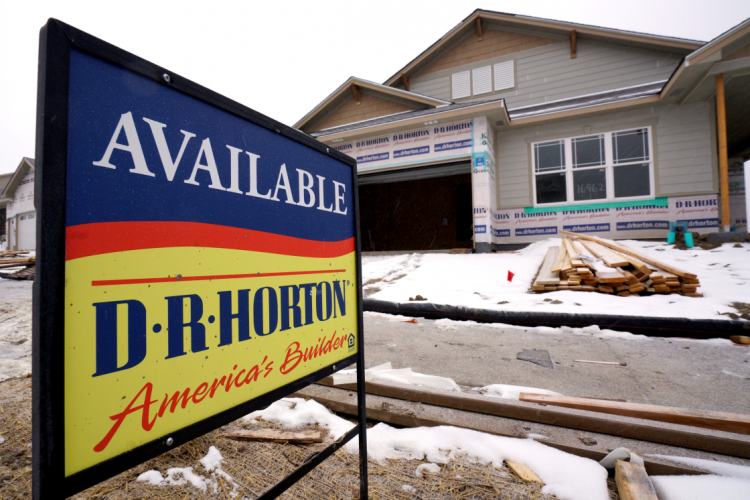Current indicators suggest that the U.S. real estate market is headed for a soft landing ahead of the broader economy. The sector has shown signs of recovery since Q2, notably in new home construction and existing home sales. The Atlanta Federal Reserve's latest forecasts predict that, after eight consecutive quarters of decline, residential investment will contribute positively to U.S. GDP growth this quarter. This is a surprising development, given that the Federal Reserve has raised interest rates by 500 basis points over the past year. Historically, residential investment has tended to turn negative before the end of an interest rate hike cycle.
Historically, negative growth in residential investment has been a strong indicator of impending U.S. economic recession. Thus, if the U.S. real estate market is undergoing a soft landing, does this mean the U.S. economy has avoided a recession? What does this mean for the Federal Reserve's monetary policy?
Analysis of the four major U.S. housing market crashes since 1990 reveals that the cause in each case was an imbalance between supply and demand, with demand-side factors being more crucial.
Weak demand, significant interest rate hikes, and high-interest rates are crucial factors. When interest rates rise, the pathway of dampened housing demand follows a pattern: higher interest rates lead to higher mortgage interest rates, which in turn leads to high interest payment rates and a subsequent dampening of the desire and demand for home purchases. Typically, as an interest rate hike cycle begins, consumer sentiment shifts, viewing home purchases as a "bad choice."
The impact was most severe in 2008 when a substantial interest rate hike of 425 basis points resulted in a 63% drop in mortgage loan applicants and a 76% drop in new home sales. However, when the rate hike begins from a low-interest rate level, the dampening effect on housing demand isn't as pronounced: in 2018, both the initial interest rate and the rate hike were not significant, resulting in only a moderate decline of 23% in home sales.
Excess supply, both a cause and a result, is another common feature of the four historical housing market crashes. Accumulation of excess inventory during rate hike cycles, resulting from excessive issuance of building permits, leads to a surge in the number of homes for sale. Historically, permits have increased by an average of 73%, resulting in a 64% increase in the number of homes for sale.
Historical experience suggests that demand has a more significant impact on real estate than supply. In 2018, the number of building permits increased by 176%, leading to a 146% surge in the number of homes for sale. However, due to the low starting point of the 2018 rate hike (from a 0% interest rate) and a relatively small increase (a cumulative 225 basis points), U.S. residents' demand for homes was not severely affected. Consequently, the housing market recovered quickly under demand support, helping the U.S. avoid a recession.
This time, demand has withstood the impact of interest rate hikes, and weak supply has become the primary reason for optimism. It's not easy for the U.S. economy to fall into a recession this time. On the demand side, despite a "historic" interest rate hike, survey data shows that complaints about unaffordability are still significantly lower than before previous recessions. This is linked to the significant improvement in U.S. household balance sheets after the pandemic and the resilience of employment: as of Q1 2023, the U.S. household debt burden remains lower than pre-pandemic levels. With the interest rate hike nearing its end, demand indicators have started to bottom out and rebound.
On the supply side, low inventory has bolstered builders' confidence, with both building permits and new home construction showing marginal improvements. This property cycle has seen a more significant demand reduction compared to 2018, but supply has been more "restrained," leading to a better supply-demand balance (lower inventory months), despite the downward trend in U.S. property not causing an economic recession in 2018.
Moreover, from an international comparison, the U.S.'s residential investment and housing price increases are much less than those in Canada and Sweden. Therefore, we don't need to worry too much about the U.S. as long as the real estate markets in these two other countries do not experience problems.
However, it's worth noting that the real estate market's soft landing could reignite concerns about inflation and employment. Persistent inflationary pressures in the U.S., coupled with successful soft landing in the real estate market, will undoubtedly increase the Federal Reserve's difficulties in combatting inflation and ensuring employment. Therefore, policy adjustments won't occur too soon, adding uncertainties to the future economy and market.






